Context
Indoor fungal contamination is a major source of nosocomial diseases in hospitals. The monitoring of environmental fungal contamination is strongly recommended, especially for outbreak investigation in epidemic situations and during building construction and renovation work. Moreover, air assessment is also useful to validate the efficiency of air treatment in wards with high risk patients such as hematology.
Conventional culture methods for enumerating environmental fungi are timeconsuming and underestimate the number of micro-organisms. Viability of a microorganism is an important criterion in hospital environment as it determines its infectivity.
In this study [1] we evaluated a combination of two recent technologies for sampling (Coriolis air sampler) and rapid detection of viable airborne fungi with a solid-phase cytometry (SPC) system.

